There is some time before Polestar hits the market, but the development of their first vehicle as an independent manufacturer is practically complete.
Polestar 1 is a hybrid-electric, luxury sports coupe. It’s got an innovative powertrain that produces 626 hp, though most of it is offset by the car’s significant weight.
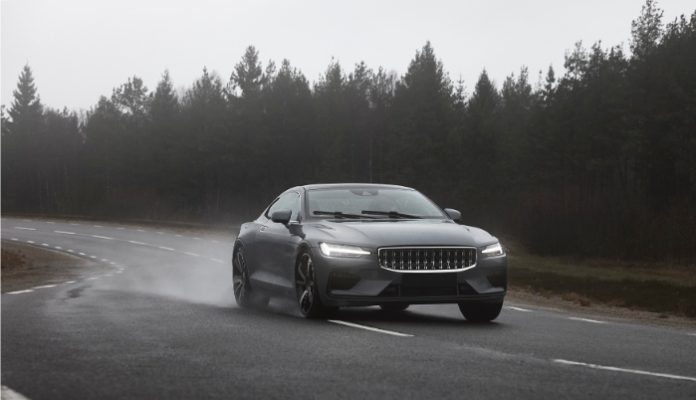
Polestar finally let someone drive a pre-production model and Tim Stevens from Roadshow was quick to get behind the wheel for a wet drive in Sweden.
Polestar 1 is a beautiful coupe with smooth forms and modest silhouette
The car is based on the 2013 Volvo Concept Coupe and has remarkably kept most of it through to the final design. There is plenty of Volvo’s design philosophy inside and out.
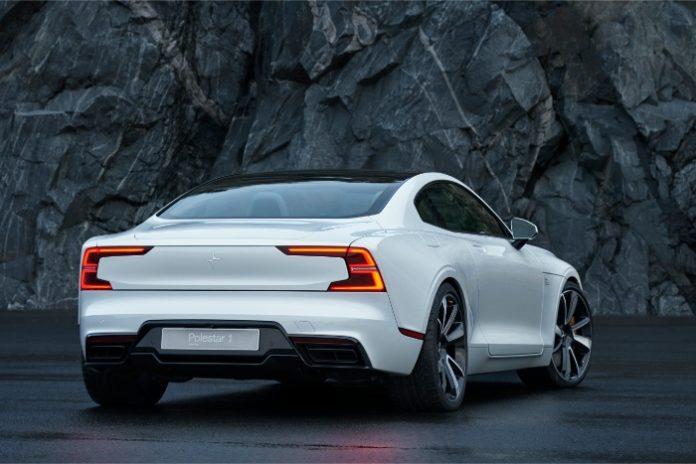
The exterior is unassuming. There’s no wild aero and though there is an actuated rear spoiler, it stays flush with the trunk until the car reaches 60 mph. The only elements hinting of performance are the 21-inch wheels, big brakes, and carbon fiber accents.
Inside, you’ll be greeted by a spacious and familiar interior. You’ve already seen the steering wheel, center console, infotainment system and crystal shift lever knob in Volvo’s second-generation XC-series SUVs.
View this post on InstagramA post shared by ΜΟΛΩΝ ΛΑΒΕ (@jan_philip123) on
Polestar spiced it up with some carbon fiber trim and nicer leather but that’s not where the car excels.
Polestar 1 is powered by Volvo’s most sophisticated powertrain yet
It doesn’t look like it from the outside, but this hybrid coupe packs 626 horsepower and 738 lb-ft of torque.
At the heart of the system lies the Volvo’s 2.0-liter, inline-4-cylinder, T8 engine. It is boosted by a turbocharger and a supercharger. An Integrated Starter Generator (ISG), splined between the engine and transmission, adds another 68 horsepower to the crankshaft.
Polestar uses every trick in the book to make the most out of the small engine, eliminating lag and offering high torque in a wide RPM range.
When you floor it, the ISG gives the initial kick. The supercharger spools up in 0.08 seconds, providing low-end torque up to 3,500 RPM. Finally, the turbocharger takes it the rest of the way.
In total, 394 horsepower and 384 lb-ft of torque are supplied to the front axle.
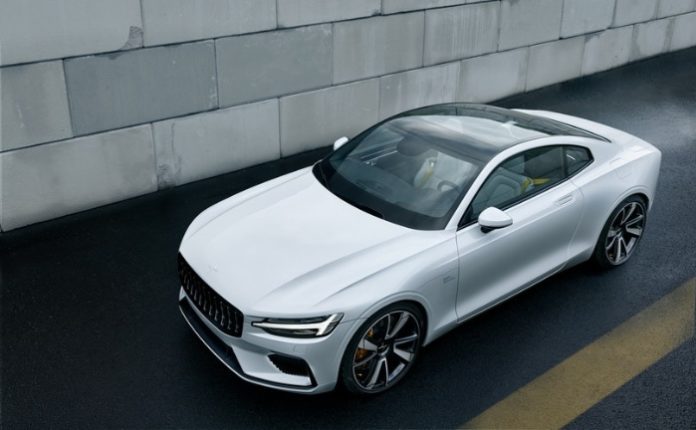
If that’s not enough, in the back there are two electric motors contributing an additional 226 horsepower to the rear wheels.
As a result, Polestar 1 will accelerate from 0 to 60 mph in 4 seconds flat. That doesn’t sound too fast until you realize it’s a 5,180 lb car.
The 34 kWh battery is good enough for 93 miles of pure electric drive with about half of the car’s power and torque available.
Polestar 1 handles like a much smaller and lighter car
You wouldn’t think a car so heavy would negotiate a twisty road quite like the Polestar 1 does.
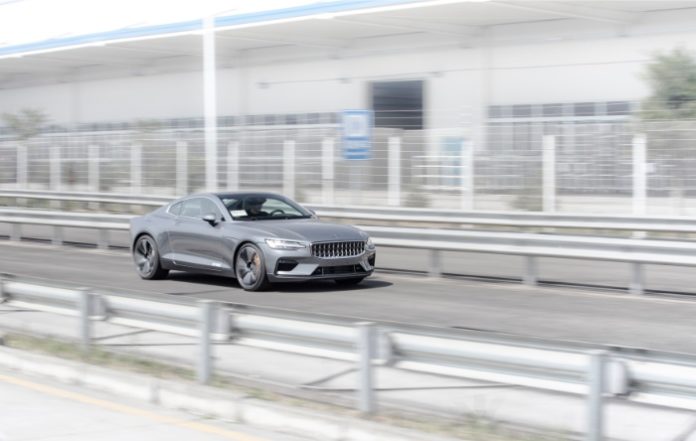
The rear axle is configured specifically for torque vectoring with each motor coupled to a single wheel. In the corners, the outside rear wheel accelerates to help the car rotate around the apex.
A double wishbone suspension in the front counteracts any torque steering from the powerful front engine and keeps the steering in check.
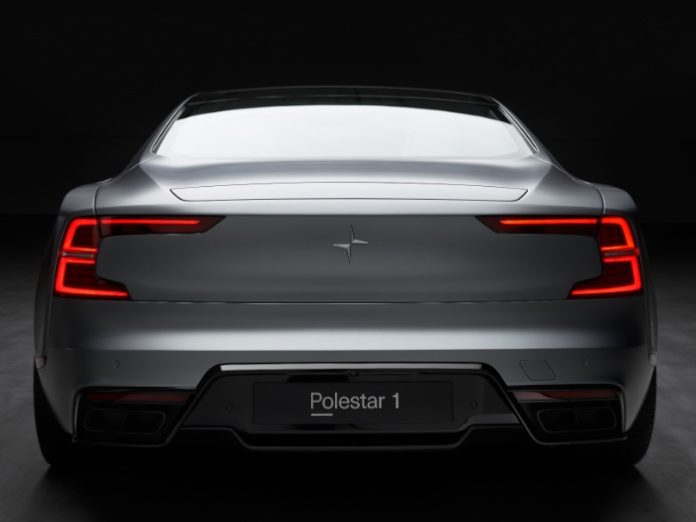
Somewhere along the way from concept to production, Polestar 1 abandoned the Continuously Controlled Electronic Suspension from Ohlins.
Instead, a traditional manually-adjustable damper is found at each corner. However, the suspension is so well-tuned, drivers will hardly feel the need for higher-tech alternatives.
It’s a refreshing take on the popular hybrid layout
A number of new hybrid supercars are using the popular formula – 1 engine, 3 electric motors. Acura NSX, Ferrari SF90 Stradale, Mercedes-AMG One and Aston Martin Valkyrie, are all using this layout.
However, Polestar 1 has it flipped with the majority of power going to the front axle and that makes for an interesting car.
Unfortunately, because of it’s excessive weight, the car cannot display remarkable performance. And despite the cutting edge engine, the automatic transmission and traction control hinder power delivery to the ground.
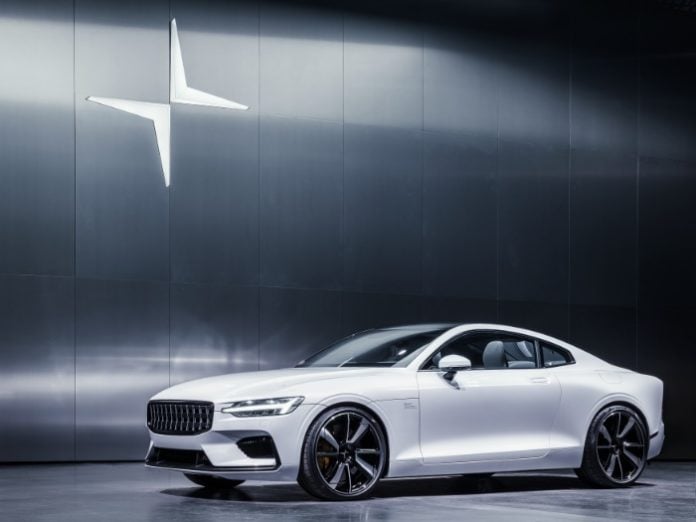
That said, the car you see is a pre-production model. Polestar is still testing and tuning and hopefully, the final car will offer solutions to the current drawbacks.
We should expect a full unveil later in the year and a starting price of $155,000.
Read the full Roadshow review for more details.
View this post on InstagramA post shared by Stéphane Heiligenstein (@s.heiligenstein_photographie) on